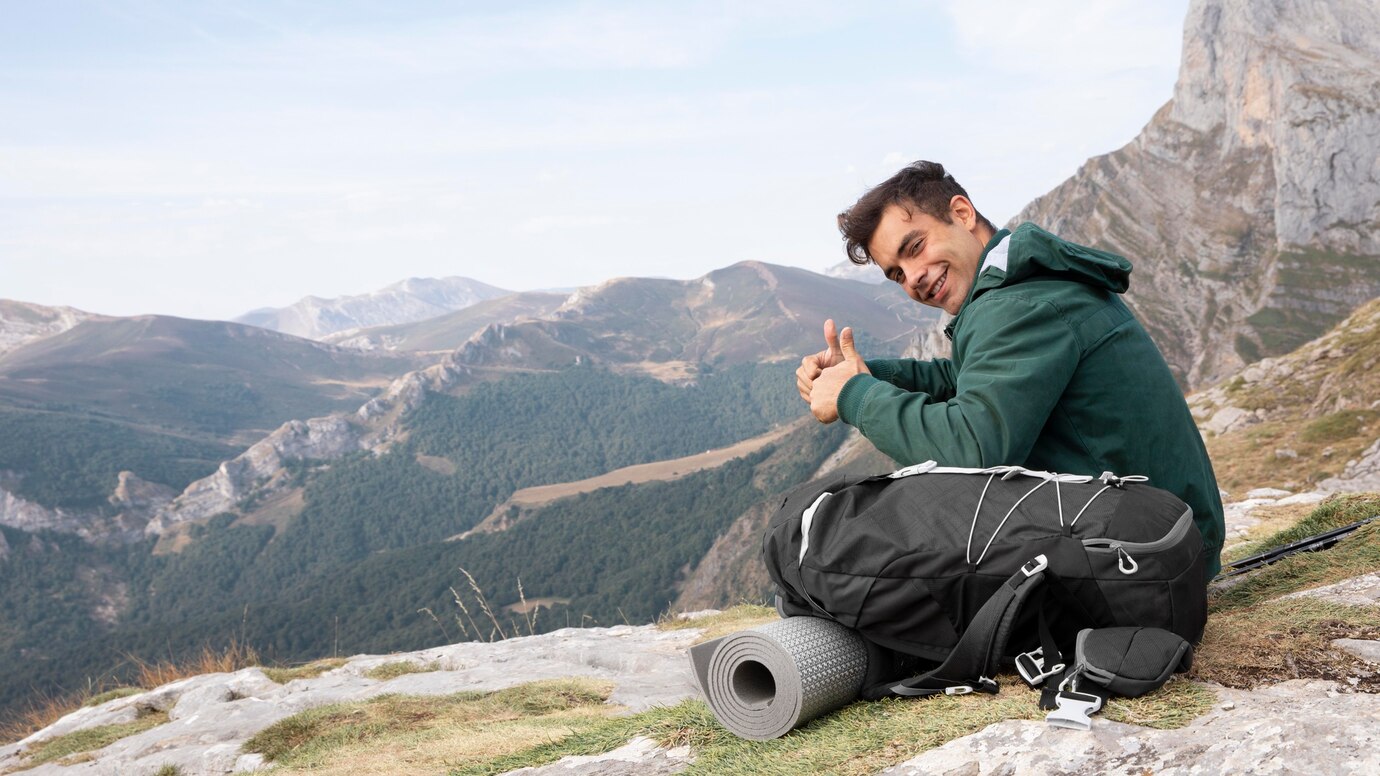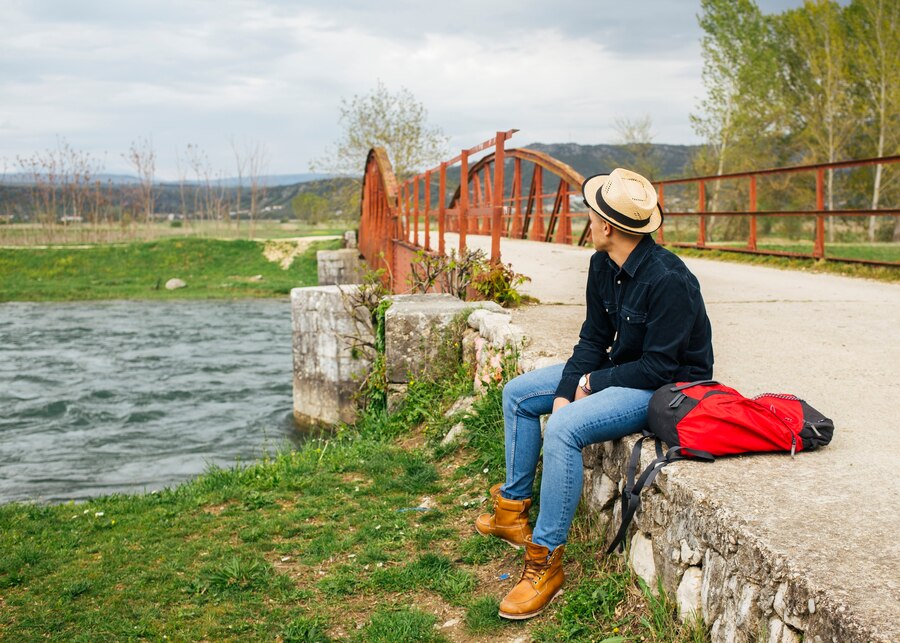1. Layering Essentials
Packing for a Himalayan vacation requires a thoughtful balance of warmth, practicality, and lightness—after all, you’re heading into terrain where the weather can shift without warning and every extra kilogram matters on winding mountain roads. First and foremost, embrace layering. A base layer of moisture‑wicking shirts and thermal leggings keeps you dry during hikes, while a mid‑layer fleece or lightweight down jacket traps heat. Top it off with a waterproof, breathable shell—rain and snow can arrive suddenly at high altitudes.
2. Footwear Choices
Footwear can make or break your trip. Sturdy, broken‑in hiking boots with good ankle support are essential if you plan to trek or explore uneven trails in places like Solang Valley or Rohtang Pass. Pack lightweight trail shoes or comfortable walking sneakers for towns like Manali and Shimla, and don’t forget a pair of flip‑flops or camp shoes for relaxing at your lodge.
3. Protective Accessories
Don’t overlook accessories that protect you from the elements. A warm hat, neck gaiter, and a pair of touchscreen‑compatible gloves will keep you cozy during early‑morning excursions. Sunglasses with 100% UV protection and a high‑SPF sunscreen are vital—sunlight reflects fiercely off snow and can scorch unprotected skin even on overcast days.
4. Day‑Pack Essentials
Your day‑pack is your mobile base camp. Choose one in the 20–30 liter range to hold snacks, extra layers, a small first‑aid kit (with blister treatment), headlamp, and a power bank. Include energy bars, trail mix, or dry fruits to keep your energy levels up during long drives or treks.
5. Hydration & Health
Bring a sturdy, reusable water bottle with a built‑in filter or purification tablets to ensure you always have safe drinking water. Pack any prescription medications and common over‑the‑counter remedies—altitude headaches, digestive upsets, and motion sickness are all possibilities.
6. Tech & Documentation
Electronics and documentation also deserve careful prep. Bring a universal travel adapter, extra charging cables, and a compact camera or smartphone with extra memory cards. Keep photocopies (and digital scans) of your ID, insurance, permits for high‑altitude passes, and reservation confirmations in a waterproof pouch. A small padlock can secure your luggage at shared guesthouses or homestays.
7. Light‑Packing Strategies
Finally, pack light but smart. A quick‑dry travel towel, compact umbrella, and a lightweight down blanket or sleeping bag liner can add comfort without bulk. Leave heavy books and bulky clothing at home—opt instead for a slim e‑reader and versatile garments you can mix and match. Smart packing not only frees you from lugging excessive weight but also lets you focus on the wonders of the Himalayas, from mist‑shrouded valleys to sparkling alpine lakes.



